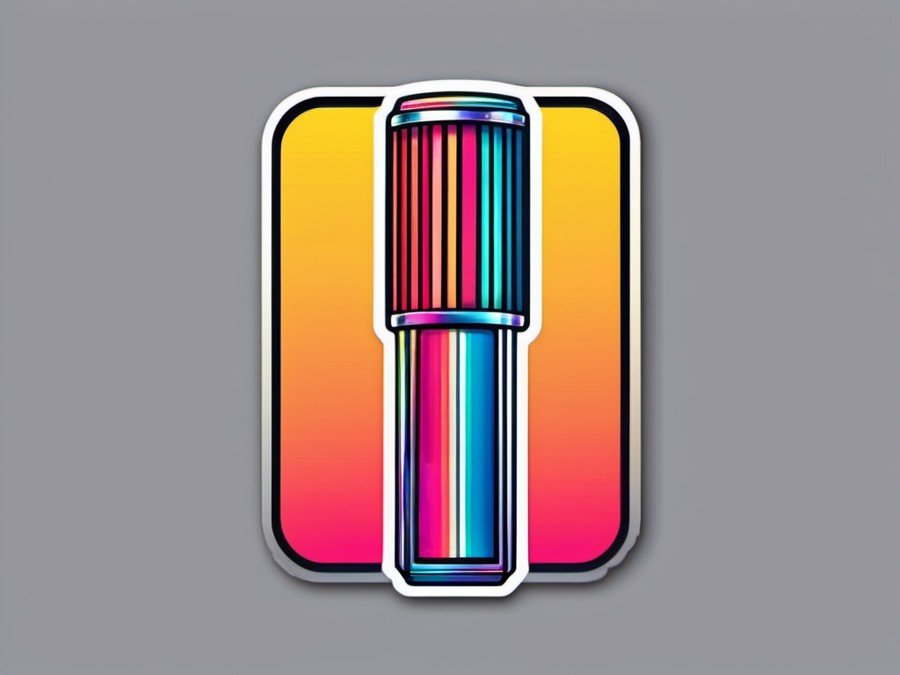· Charlotte Will · Monopods · 6 min read
What is the Best Monopod for Wildlife Photography?
Discover the best monopod for wildlife photography, including top recommendations and essential features to consider. Enhance your stability and mobility in the field with our expert guide.

Choosing the best monopod for wildlife photography is no small task. It requires an in-depth understanding of the specific needs of wildlife photographers, from stability and strength to portability and ease of use. Getting the perfect shot often means being in the right place at the right time, and a good monopod can make all the difference. So, let’s dive into what makes an excellent monopod for wildlife photography and recommend some of the best on the market.
Introduction to Monopods for Wildlife Photography
Why Choose a Monopod Over a Tripod?
While tripods are versatile, they can be cumbersome and heavy. Wildlife photography often involves chasing elusive subjects across varied terrains, making a monopod the more practical choice. Monopods are:
- Lighter and more portable
- Easier to set up quickly
- Less likely to disturb wildlife due to their smaller footprint
Essential Features of a Good Wildlife Photography Monopod
A top-notch monopod for wildlife photography should include:
- Sturdy construction to support your gear
- Lightweight material for easy carrying
- Smooth extending and collapsing mechanisms
- A comfortable grip for long shooting sessions
- Compatibility with different head types, such as ball heads or pan heads
The Importance of Monopods in Wildlife Photography
Enhancing Stability and Reducing Blur
Imagine trying to capture a fast-moving cheetah without any support. A monopod provides just enough stability to reduce camera shake and blur, especially in low-light conditions. This support is crucial for getting sharp images, which is the core goal of any wildlife photographer.
Improving Mobility and Flexibility
Picture this: you’re in the heart of a dense forest, and a rare bird catches your eye. You need to move quickly to get the shot. A monopod allows for swift adjustments and movements, enabling you to follow your subject without the hassle of a tripod.
Top Considerations When Choosing a Monopod for Wildlife Photography
Material: Carbon Fiber vs Aluminum
Carbon Fiber is known for its:
- Lightweight properties, perfect for long hikes
- High strength-to-weight ratio
- Minimal vibration transfer, which is crucial for stability
However, it comes at a higher cost. If budget isn’t an issue, carbon fiber is usually the way to go.
Aluminum, on the other hand, is:
- More affordable
- Durable and reliable
But it’s also heavier, which can be a drawback for those needing to carry their gear over long distances.
Weight and Portability
For wildlife photographers, the weight of your gear is a significant consideration. A lighter monopod means less fatigue and more time spent on capturing those elusive moments. Look for monopods that strike a balance between weight and stability.
Maximum Height and Load Capacity
Maximum Height: You want a monopod that can extend high enough to capture subjects at different levels. A minimum extended height of 50 inches is a good starting point.
Load Capacity: Ensure the monopod can support the weight of your camera and lens. Heavier gear requires a monopod with a higher load capacity to ensure safety and stability.
Head Types: Ball Head vs Pan Head
Ball Heads: Offer flexibility and ease of use, allowing you to quickly shift from one angle to another. They’re ideal for photographers who need to make rapid adjustments.
Pan Heads: Provide smooth, controlled panning movements, which can be useful for capturing moving subjects.
Recommended Monopods for Wildlife Photography
Budget-Friendly Options
If you’re on a budget, consider these affordable monopods:
AmazonBasics 67-Inch Monopod (link)
- Pros: Lightweight and compact, ideal for beginners.
- Cons: Not as durable as pricier options.
Manfrotto Element Aluminum Monopod (link)
- Pros: Good balance of weight and stability.
- Cons: Less suited for very heavy cameras.
Mid-Range Monopods
For a balance between affordability and quality, these mid-range monopods are worth considering:
Sirui AM-005 61.8-Inch Carbon Fiber Monopod (link)
- Pros: Lightweight, durable, and great for travel.
- Cons: Slightly higher price point but worth the investment.
Oben ACM-1400 58-Inch Carbon Fiber Monopod (link)
- Pros: Excellent stability and portability.
- Cons: May be overkill for very light cameras.
Premium Monopods
If you’re looking for the best of the best, check out these premium options:
Gitzo GM5561T Series 5 Traveler Monopod (link)
- Pros: Top-notch construction, lightweight carbon fiber, and superior stability.
- Cons: Higher cost but unparalleled quality.
Really Right Stuff TVC-34L Mk2 (link)
- Pros: Unmatched durability and performance, ideal for professionals.
- Cons: Expensive but built to last a lifetime.
Special Considerations for Different Types of Wildlife Photography
Safari and Open Terrain Photography
When shooting in open terrains like safaris, you’ll need a monopod that provides rock-solid stability. Look for options with extended legs and robust locking mechanisms.
Forest and Woodland Photography
For forest photography, compactness is key. Choose a monopod that can fold down small enough to fit into your backpack without hindering your movements through dense foliage.
Aquatic and Wetland Photography
If you’re shooting in wet environments, opt for a monopod with water-resistant materials. This will help protect your gear from the elements and ensure longevity.
Monopod Accessories You Can’t Do Without
Quick Release Plates
Invest in a quick release plate to easily switch between your monopod and tripod. This flexibility is invaluable when conditions change rapidly.
Carrying Straps and Bags
A good carrying strap or bag can make a world of difference, especially on long hikes. Look for options that are comfortable and allow easy access to your monopod.
Spikes and Feet for Stabilization
For uneven or slippery surfaces, spikes and feet can provide extra stability. These accessories help you get the most out of your monopod in challenging conditions.
Real-World Examples: Photographers Using Monopods Effectively
Case Study 1: Safari Photographer in Africa
Photographer X uses a Gitzo GM5561T Series 5 Traveler Monopod during his African safaris. He credits the monopod with helping him capture stunning shots of elephants and lions in motion. The monopod’s stability and lightweight design allow him to quickly adjust his camera, ensuring he never misses a moment.
Case Study 2: Bird Photographer in the Forest
Photographer Y relies on an Oben ACM-1400 Carbon Fiber Monopod for her forest bird photography. She appreciates its flexibility and how easily it folds down to fit in her backpack. The monopod’s durability and compact design make it perfect for navigating dense forests while keeping her gear protected.
Conclusion: The Ultimate Monopod for Wildlife Photography
Finding the best monopod for wildlife photography involves considering your specific needs and preferences. Look for a balance of stability, portability, and compatibility with your gear.
Consider the environments you’ll be shooting in and choose accessories that enhance your monopod’s functionality.
Ultimately, the best monopod is one that you feel comfortable using and that enhances your ability to capture incredible wildlife photos.
FAQs:
FAQ 1. Why should I opt for a monopod over a tripod for wildlife photography?
- Answer: Monopods offer more flexibility and are lighter, making them ideal for on-the-move photography.
FAQ 2. What is the best height for a wildlife photography monopod?
- Answer: Aim for a minimum extended height of 50 inches to maximize versatility.
FAQ 3. Are carbon fiber monopods worth the extra cost?
- Answer: Yes, they are lighter and stronger, making them ideal for long hikes and challenging terrains.
FAQ 4. How do I clean my monopod after a photoshoot in wet or muddy conditions?
- Answer: Use a damp cloth to wipe down the monopod and ensure all moving parts are dry to prevent rust.
FAQ 5. Can I use a monopod for both wildlife and landscape photography?
- Answer: Yes, with the right features a monopod can be versatile for various photography needs.




